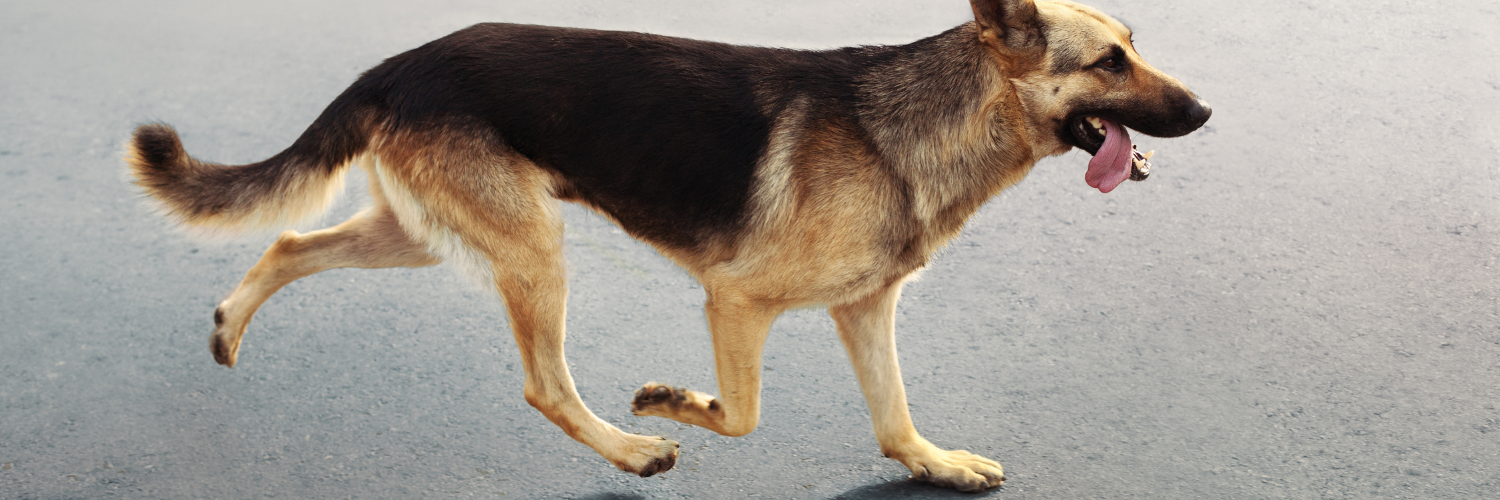CBG vs CBN for Pets: Which One is Better for Your Dog?
Pet wellness is booming, and as more dog owners explore natural supplements, cannabinoids are quickly becoming household names. While CBD is still the go-to for many, CBG and CBN are gaining serious traction. But what exactly are they, and how do they affect your pup differently? If you’ve been wondering whether CBG or CBN is a better match for your dog, this guide breaks it all down in plain English.
What Are Cannabinoids and Why Do They Matter for Dogs?
Cannabinoids are naturally occurring compounds found in hemp plants. While most people are familiar with CBD, others like CBG (cannabigerol) and CBN (cannabinol) are rising stars in the world of pet care. Each one interacts with your dog’s endocannabinoid system in unique ways, potentially supporting different types of wellness.
What Is CBG and How Does It Work for Dogs?
CBG is often referred to as the "mother of all cannabinoids" because it’s the precursor to other major compounds like CBD and THC. It’s typically extracted from young hemp plants, where CBG is most abundant. In dog wellness products, CBG is commonly included to support physical comfort and daily vitality without any intoxicating effects.
Where Does CBG Come From?
CBG is derived from CBGA, the acidic form that eventually turns into CBD, THC, or CBC as the hemp plant matures. Since mature plants only contain small traces of CBG, it requires careful harvesting and extraction to isolate in meaningful amounts - which is why it’s considered a premium ingredient.
What Is CBN and What Makes It Different from CBG?
CBN is a cannabinoid that forms when THC breaks down due to light or oxygen exposure. While it originates from THC, CBN itself is non-intoxicating and is most commonly linked to rest and relaxation. It’s often used in pet products aimed at supporting calm behavior or nighttime routines.
How Is CBN Made?
Since natural hemp doesn’t produce much CBN on its own, most manufacturers create it through controlled oxidation of legal hemp-derived THC. The result is a mellow, soothing compound that’s ideal for dogs who need help winding down - without the “high.”

CBG vs CBN: What’s the Difference for Dogs?
The biggest difference between CBG and CBN lies in the type of support they offer. CBG is commonly reported to help support physical vitality and alertness, while CBN is more often linked to mellowing out nervous energy. Think of CBG as your dog's daytime booster, and CBN as their evening wind-down buddy.
CBN for Calming and Relaxation
For dogs that bark at every little noise or struggle when you leave the house, CBN may offer a gentle nudge toward relaxation. The CBD + CBN Dream Pet Drops with Lavender from Yin Yang Infusions are a prime example - this formula is designed to be soothing, especially before bedtime or during stressful events like fireworks.
CBG for Mobility and Energy
If your dog is slowing down on walks or seems stiff after playtime, CBG might be more up their alley. Candi’s 500mg CBD + CBG Pet Drops are crafted for daily use and are often chosen to help support dogs that need a little extra pep in their step.
Popular Pet Products with CBG and CBN
Dog owners don’t have to be chemists to use cannabinoids - high-quality products make it easy to introduce CBG and CBN into your pet’s routine. Here are three pet-friendly formulas worth checking out.
Candi’s Pet Drops: CBD + CBG Daily Supplement
Candi’s Pet Drops blend 500mg of CBD and CBG for everyday support. Ideal for dogs who are active (or need help staying that way), this tincture can be added to meals or dropped directly into your dog’s mouth. It’s a simple way to offer support for physical comfort throughout the day.
CBD + CBG Peanut Butter Dog Treats
Want a more snackable option? The CBD + CBG Peanut Butter Dog Treats are a dog’s dream come true. They’re pre-dosed, tasty, and perfect for daily supplementation. With 30 treats per jar, they’re a convenient go-to for pet owners on the move.
Dream Pet Drops with CBD + CBN and Lavender
For nighttime routines or stressful scenarios, Dream Pet Drops are a fan favorite. With CBN and calming lavender in the mix, they’re a great addition to your dog’s bedtime ritual. Just a few drops before the chaos of a thunderstorm or a trip to the vet might help your pup settle more easily.
Can You Combine CBG and CBN for Pets?
Absolutely. In fact, many dog owners find that using both cannabinoids - just at different times - offers the most well-rounded support. Start the day with a CBG-rich formula and switch to a CBN blend in the evening. It’s like building a supplement schedule that mirrors your dog’s daily rhythm.
Blending for Balance
No two dogs are alike. Some pups thrive on a mix of both CBG and CBN, depending on their energy level and behavioral needs. Combining formulas from Yin Yang Infusions gives you the flexibility to respond to what your dog needs in the moment.
When Should You Choose CBG vs CBN for Your Dog?
The best choice depends on what you're hoping to support. For active, daytime use - CBG might be a better match. For relaxation and unwinding - CBN could take the lead. But it’s less about “either-or” and more about matching the right tool to the right moment.
Consider Your Dog’s Personality and Routine
Think about your dog’s daily routine and where they seem to struggle. Is it separation stress? Loud noises? Afternoon stiffness? Observing your dog closely will help guide your decision - and remember, it’s okay to try different options until you find what works best.
Dosing and Safety Tips for CBG and CBN in Pets
Starting a new supplement routine can feel intimidating, but it doesn’t have to be. With a little guidance and some patience, you’ll be on your way to finding the right balance for your furry friend.
Start Low, Go Slow
Always begin with the lowest recommended dose based on your dog’s weight. From there, monitor their behavior and adjust gradually if needed. Going slow helps you find the sweet spot without overwhelming their system.
Check the Labels for Transparency
Only use products designed for pets, and always read the label for cannabinoid content and ingredients. Yin Yang Infusions clearly lists everything you need to know - including total cannabinoid count and usage instructions - so you can dose with confidence.
Conclusion: Which Cannabinoid Is Better for Your Dog - CBG or CBN?
There’s no universal winner - just better fits based on your dog’s needs. If you’re looking to support energy, activity, or daily wellness, CBG is likely your go-to. For nighttime calm or nervous behavior, CBN might be the better bet. In many cases, using both can offer the best of both worlds. With options like Candi’s Pet Drops and Dream Pet Drops, Yin Yang Infusions gives you everything you need to tailor your dog’s wellness journey.

FAQs About CBG and CBN for Dogs
-
Can I give my dog both CBG and CBN in one day?
Yes, many pet owners use CBG in the morning and CBN at night to match their dog’s routine. -
Is CBG more energizing than CBN?
CBG is often reported to support alertness and movement, while CBN is more calming. -
How do I know if my dog needs CBN?
If your dog is restless, struggles with overstimulation, or has trouble settling at night, CBN may help support relaxation. -
Are Yin Yang Infusions products safe for all breeds?
Yes, they’re formulated with pets in mind, but always consult with your vet for breed-specific concerns. -
What’s the flavor of the dog treats?
The CBD + CBG Dog Treats are peanut butter flavored and loved by dogs of all sizes. -
Will my dog get high from these products?
No, they’re non-intoxicating and made from legal hemp that contains less than 0.3% THC. -
How do I store the tinctures and treats?
Keep them in a cool, dark place with the lids tightly sealed for maximum shelf life. -
Can I use human CBD or CBN oil for my dog?
It’s best to stick with pet-formulated products to avoid unsafe ingredients like xylitol or certain essential oils. -
How long does it take to notice a change?
Some dogs show changes within an hour, while others may need a week or two of consistent use. -
Is it safe to use these products long term?
Many pet owners incorporate them as part of a daily routine, but ongoing observation and regular vet check-ins are recommended.

